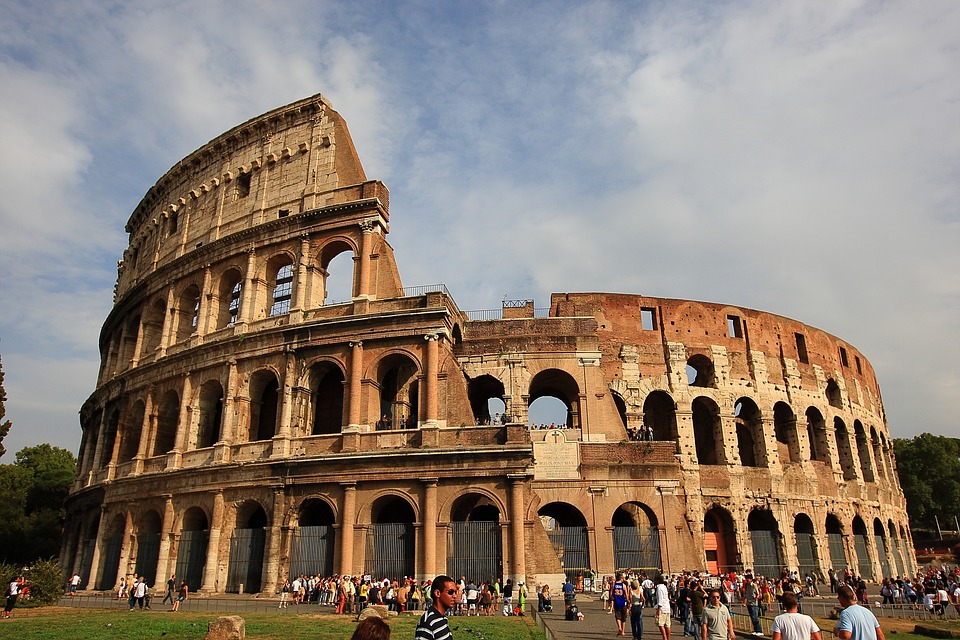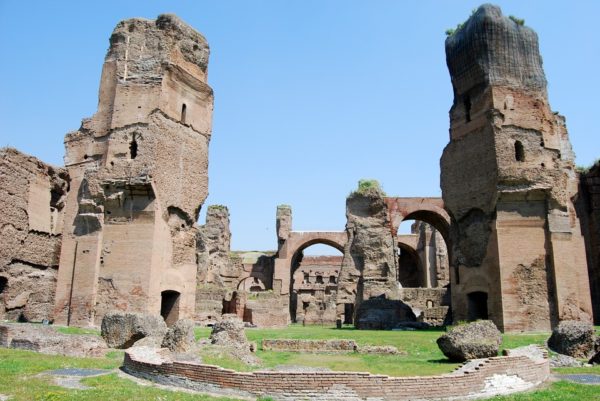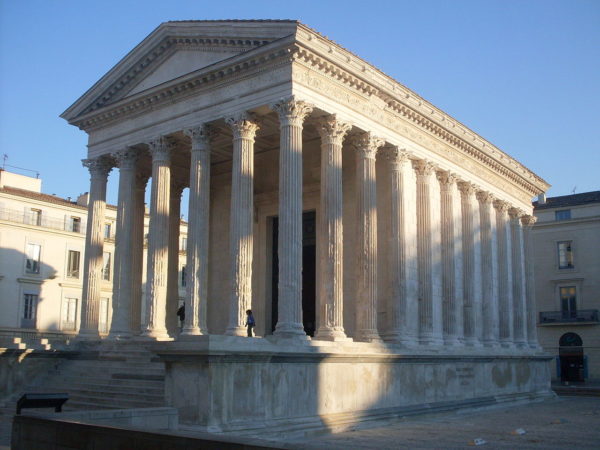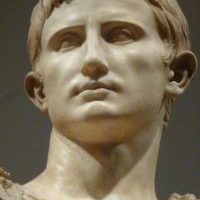Hi, today we will talk about the environment of the Romans. More precisely places more or less known of Roman antiquity. As usual, put your suggestions in the comment space. Here are 5 typical places of Ancient Rome.
1st place : the Colosseum

The Colosseum is a Roman monument located in Rome. It served as an amphitheatre and is one of the largest Roman buildings. In that sense, it could accommodate a very large number of people. Indeed, it is about 190m long, 155m wide, and 50m high. This brings its capacity to about 50,000 spectators. This building was built from 70/72 to 80 AD on Vespasian’s orders.
The Colosseum served as an arena and hosted “venationes” (animal fights), “menura” (gladiator fights), executions, theatre scenes, re-enactments of famous battles … It served until the 6th century and was later used as a dwelling, a religious headquarters, a fortress … Today, although it no longer has its former splendour, it remains a symbol of Ancient Rome as well as of the engineering power of the Romans.
2nd place: the arenas of Nimes

Let’s stay in the middle of the arenas but this time, let’s go to France. Specifically in Nimes (Nemausus during the roman time). The arenas of Nimes were built from 90 to 120 AD on Domitian’s orders. Although they are smaller than the Colosseum in Rome, the arenas of Nimes are part of the largest Roman amphitheatres. Indeed, thanks to their dimensions of 133m long, by 101m wide, by 21m high, they could accommodate 25,000 spectators.
The arenas were used just like the Colosseum to host games like “venationes”, “menura” … They were later a place of refuge for the population during great invasions in the 6th century. Then, from the Middle Ages to the 19th century, they were used as a “commercial area” with various shops. It was in continuity that in the 19th century, they became arenas again and hosted various shows. Today, this place is open to the public and serves in particular as a concert hall, bullfighting arenas …
3rd place : the Baths of Caracalla

With this new place, we will get out of the entertainment and focus on relaxation. These are the Baths of Caracalla. They are located like the Colosseum in the Italian capital. The Baths were built from 212 AD to 216 AD on the orders of the emperor of the same name: Caracalla. When they were built, they were the largest baths ever built. They consisted of 64 cisterns that could accommodate 1,600 people on about 11 hectares. The building is more than 210m long and 110m wide.
Inside; you could find shops, gymnasiums, conference rooms, taverns, libraries … and of course swimming pools more than 50 m long. After more than 300 years of use, thus in the 6th century, the Baths ceased to function because of the destruction of the aqueduct supplying it by Vitiges and its Ostrogoths. Subsequently, they fell into disrepair and were used as a quarry and cemetery until the first quarter of the 19th century with the first excavations. Today, it is a place open to visitors.
4th place: The Pont du Gard

We just talked about the Baths of Caracalla, so we will see the building that allowed their water supply but also that of other cities. This building is the aqueduct and I chose to tell you about one of the most famous aqueducts that are in France: The Pont Du Gard. The Pont du Gard is, as the name suggests, located in the Gard, near Nîmes, towards Pont Du Gard.
It was built between 40 and 50 AD and spans the Gardon River. It is 275m long (on the 3rd floor) and 48m high and is composed of 3 floors. Its function was to carry the water from Uzès to Nimes, in the continuity of the aqueduct of Nimes (the Pont du Gard was a very small part of this aqueduct. Indeed, the aqueduct of Nimes was nearly 55 km long). The Bridge allowed a flow of 40,000 cubic meters per day or more than 400 liters per second.
Later in the 4th century, limestone deposits prevented the proper flow of water, making it difficult to maintain the Nimes aqueduct. And it was in the 6th century that it ceased to function when the Franks took control of the region of Uzès. As a result, the Gard Bridge was no longer useful. Later, in the Middle Ages, the Bridge served as a quarry and road bridge. It began to be restored in the 16th century. Then a road bridge was built nearby in the 17th century to stop the passage on the Pont du Gard. Today, it is the tallest Roman aqueduct bridge and listed as a historic monument in 1840 and a Unesco World Heritage Site in 1985. Like many Roman monuments, it is a place open to visitors.
5th place: The square house

With this new place, we will be interested in the world of idolatry. This monument is the Square House. The Square House is a Roman temple located like the arenas of Nimes in the city of Nimes. It was built between -10 and 4 AD to celebrate Augustus and his two sons: Lucius Caesar and Caius Julius Caesar. This temple is 27m long and 14m wide and is held by thirty columns of 9m each. As I explained earlier, the role of this temple was the worship of Augustus and his two sons.
Now, why “square house” when it is rectangular? Well simply because this name was given to him in the 16th century and at that time, a square designated a figure at four right angles as here a rectangle. As you might have guessed, this building did not remain a temple for 2000 years. Indeed, during the Middle Ages, from the 11th to the 16th century, it served as a consular house. Later it became a dwelling house and a church. Then, in the 19th century, the Square House was restored and transformed as an exhibition space for ancient artifacts. Today, it is a place totally restored and open to the public. In fact, it is the best-preserved Roman temple in the world.
Here are the 5 typical places of Ancient Rome. I hope you enjoyed this article and as usual, I invite you to put your favorite monuments in the comment space. This week’s article will be “5 Important Battles of Ancient Rome.” See you next week!
Get my book Around the Roman Coin for free by clicking here




